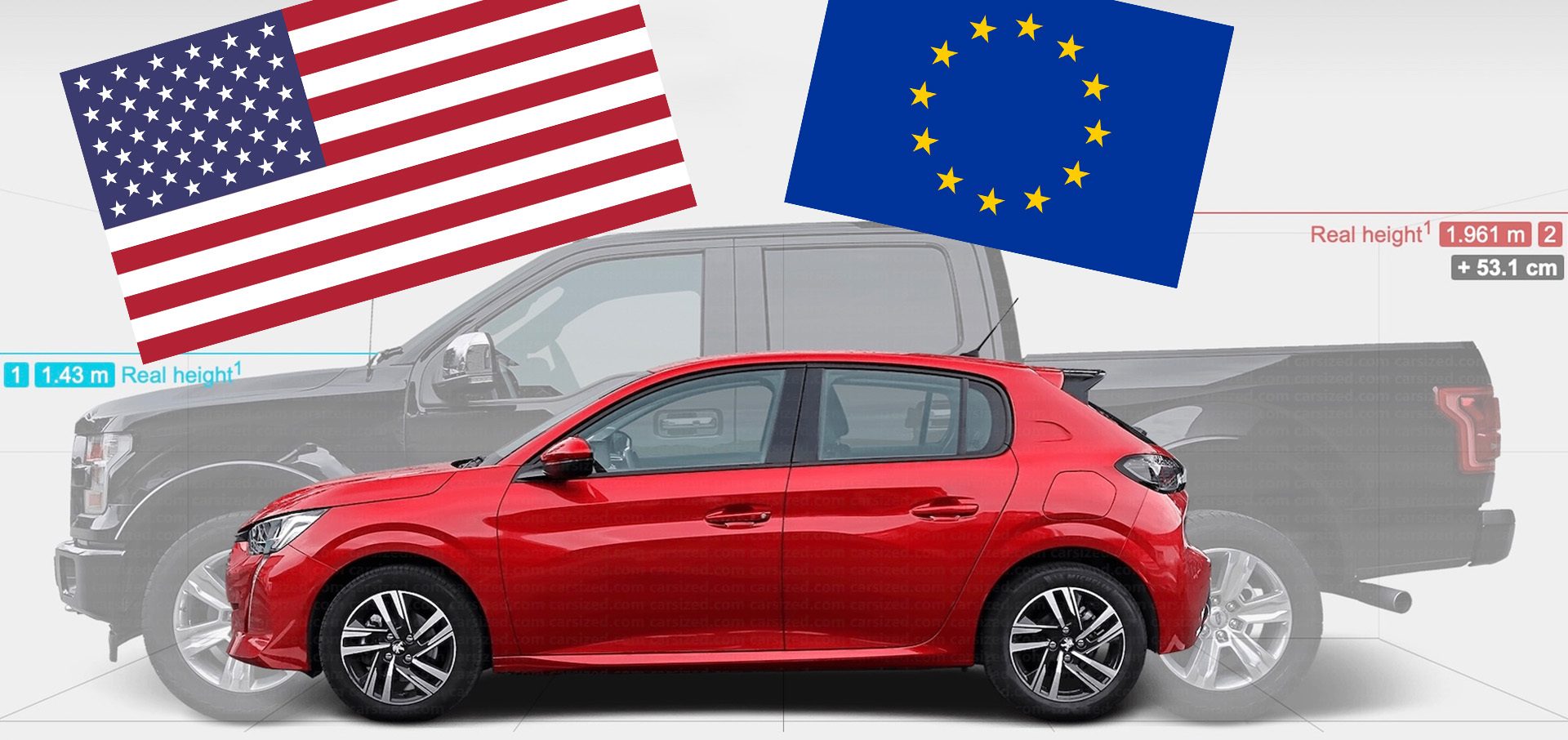U.S. drivers often find themselves paying more for vehicles that are perceived as less reliable compared to their European counterparts.
Several factors contribute to this discrepancy, including differences in market preferences, regulatory standards, production costs, and the competitive world.
This article explores the reasons why American drivers face higher costs for vehicles that may not match the reliability standards set by European manufacturers, highlighting the economic, cultural, and industry-specific dynamics at play.
One of the main reasons U.S. drivers pay more for less reliable vehicles is the difference in market preferences. American consumers tend to favor larger vehicles such as SUVs and trucks, which often come with higher price tags due to their size and features.
In contrast, European drivers typically prefer smaller, more fuel-efficient cars that are often more affordable. The demand for larger vehicles in the U.S. drives up prices, as manufacturers focus on producing high-margin models to maximize profits.
Additionally, the emphasis on size and performance may lead to compromises in reliability, as larger vehicles are generally more complex and prone to issues.
Also Read: The Hidden Truth About Certified Pre-Owned Cars and Their Pricing Tricks
Regulatory standards also play a significant role in the cost and reliability of vehicles in the U.S. compared to Europe. European regulations tend to be stricter regarding emissions, safety, and fuel efficiency, pushing manufacturers to innovate and improve vehicle reliability.

In the U.S., regulatory standards have historically been less stringent, allowing manufacturers to prioritize other aspects such as performance and luxury features over reliability. This difference in regulatory pressure results in a gap in vehicle quality and durability between the two regions.
Production costs are another factor contributing to the higher prices of less reliable vehicles in the U.S. Labor costs in the American automotive industry are generally higher than in Europe, leading to increased production expenses.
Additionally, the complexity and scale of manufacturing larger vehicles add to the costs. These expenses are often passed on to consumers in the form of higher prices. Moreover, the reliance on imported parts and materials can further drive up costs, particularly when tariffs and trade policies come into play.
The competitive world in the U.S. automotive market also influences the pricing and reliability of vehicles.
The American market is dominated by a few major manufacturers that hold significant market share, allowing them to set higher prices without facing substantial competition.
In contrast, the European market is more diverse, with a greater number of manufacturers competing for market share. This competition drives down prices and incentivizes companies to focus on reliability and quality to attract consumers.
The lack of intense competition in the U.S. market can lead to complacency among manufacturers, resulting in higher prices and potentially lower reliability.
Cultural factors also contribute to the differences in vehicle costs and reliability between the U.S. and Europe.
American consumers often prioritize brand loyalty and the image associated with owning a particular vehicle, sometimes at the expense of practicality and reliability.
This cultural preference allows manufacturers to charge premium prices for vehicles with perceived status, even if they are less reliable. In Europe, consumers are generally more focused on value for money and long-term reliability, leading manufacturers to prioritize these aspects in their vehicles.
Also Read: Are Car Companies Lying About Fuel Economy Ratings?

